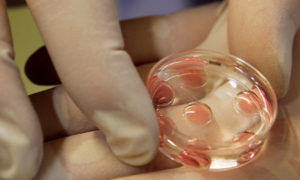First of all the affected couple should seek and take into account your medical history. The first step after the medical history is often the exploration of the reproductive tract of women. Using ultrasound will discard any gynecological problems that could interfere with pregnancy or fertilization. You must also take samples for possible infections.
To rule out possible hormonal diseases will conduct a study of women’s hormone levels. The serology of both partners must confirm that there is no risk of hepatitis B, hepatitis C, HIV, rubella, toxoplasmosis and syphilis.
At this point, and as appropriate, may also be needed hysterosalpingography (radiological study of the female reproductive system), to see if the tubes are permeable or not.
Once all the above results have been favorable for pregnancy, you can proceed to artificial insemination, provided they meet the following requirements:
- The woman has at least one of the fallopian tubes working properly.
- Man presents, after the sperm training, a REM (motile sperm count) equal to or greater than 3 million sperm per milliliter of semen trained more than 15% with a rectilinear mobility. If this requirement is not met should choose the technique of artificial insemination by donor.
- We will also consider the age of the patient, it is not advisable if you have Artificial Insemination over 37 years because it decreases the pregnancy rate.

